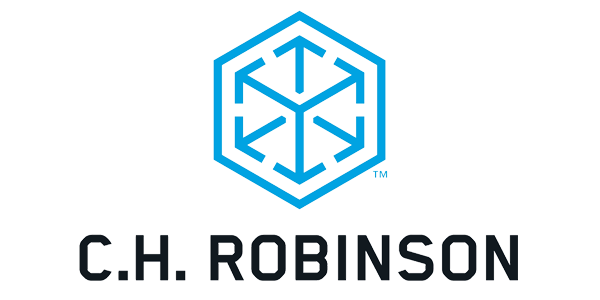What the WTO Agreement Really Means for International Trade
For the first time in their 18-year history, the WTO member countries agreed on a multilateral pact. They pushed past the differing needs of developed and developing nations, industrialized vs. agricultural issues, and cut through the politics.
It’s hard enough for 10 people to agree on where to have lunch.
That’s why there’s so much buzz surrounding the unanimous agreement of the 159 members of the World Trade Organization (WTO).
For the first time in their 18-year history, the WTO member countries agreed on a multilateral pact. They pushed past the differing needs of developed and developing nations, industrialized vs. agricultural issues, and cut through the politics. They agreed that all members should modernize and develop a more professional process for inbound products.
Besides applauding that achievement–and aside from the inconvenient fact that the WTO lacks any real enforcement mechanisms–this development is significant. It takes a hopeful step toward recognizing and eliminating corruption as one of the biggest barriers to global trade.
Corruption is undoubtedly widespread throughout the world, as the Corruption Perceptions Index shows. Since 1995, this index, published by Transparency International, has ranked countries and territories based on how corrupt their public sector is perceived to be.
Note that developed countries appear at the top of the index, with the least corruption. This shouldn’t surprise anyone. Where there is more visibility, the opportunity for corruption arguably goes down. The paperwork and more modernized, transparent processes in developing countries don’t lend themselves well to widespread corruption. Technology enables importers and governmental agencies to monitor what’s actually happening, and to spot and investigate anomalies. Companies feel more confident about what to expect when they expand in these nations.
Conversely, developing nations appear lower on the Corruption Perceptions Index. Undoubtedly, developing nations represent the new frontier of customer opportunities. But technology is poor or nonexistent. Overly manual processes slow the trade process. Lack of technology opens huge holes in visibility. And without visibility into what is happening, it’s all too easy for unscrupulous individuals to grasp their chance to make extra money on the side. This raises serious concerns for businesses who want to expand into such environments. They will struggle to balance the potential global trade opportunities with moral and ethical concerns, such as paying bribes to conduct their business. And that may make them hesitate to establish operations in developing countries.
The WTO’s new pact encourages all member countries to modernize–to eliminate red tape and the corruption that seems to accompany it. By creating a more transparent environment for international trade, the WTO’s action should make it easier for companies to expand into developing nations. Modernizing has other added benefits, as well. By improving processes, General Pascal Lamy has estimated that developed countries can reduce costs by 10% on inbound processes; developing nations are expected to save 50%. All of this is good news for global trade.
Of course, the WTO does have its detractors, people who argue that the organization has no legitimate ability to enforce the new pact. Nevertheless, people should applaud the WTO for what they did. Their purpose was to create a more transparent environment for international trade, which should set the stage for larger trade agreements and eventually increase opportunities for new markets. Will it work? The jury is still out on that one. Now….what’s everyone want for lunch?
Editors Note: Original blog by Pete Mento - Director, Global Customs and Trade Policy, C.H. Robinson.













